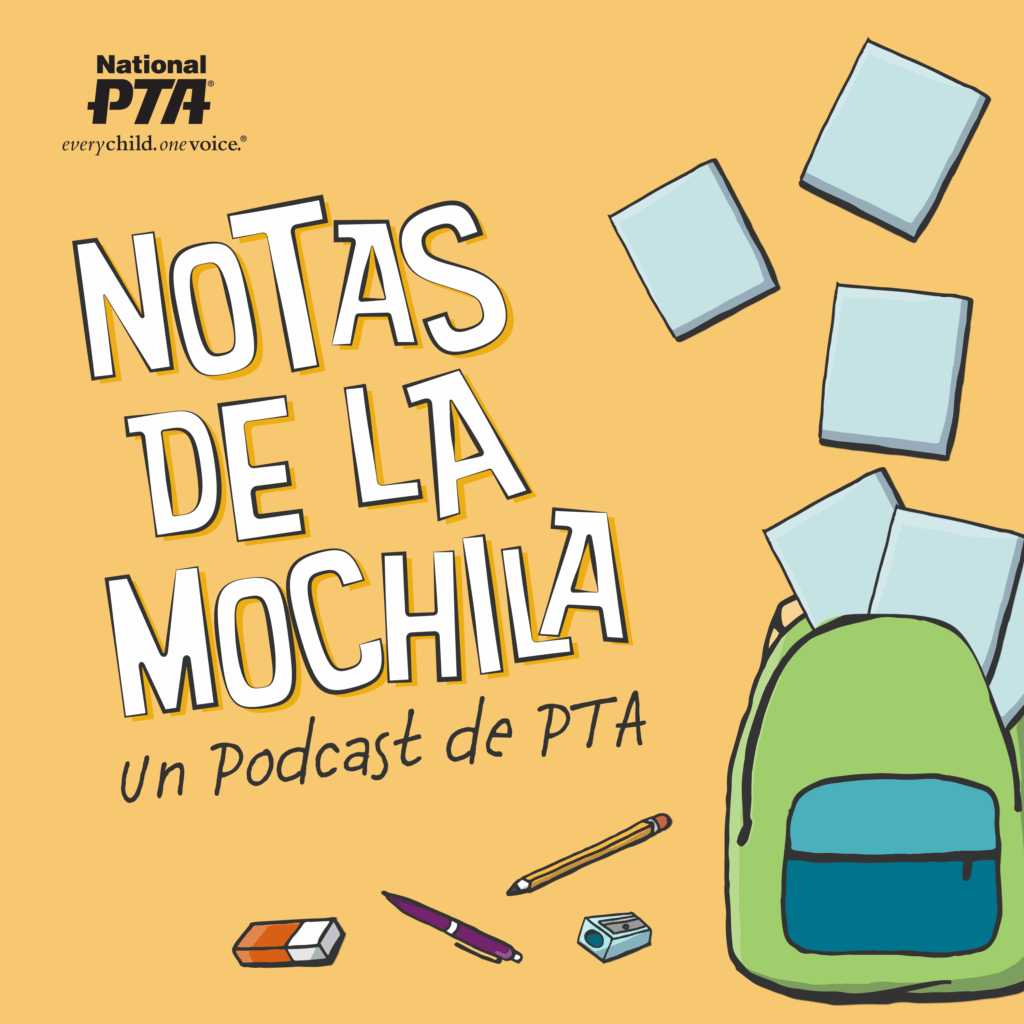Public schools cannot continue to educate our nation’s children without adequate funding. On average, 47% of school revenue in the U.S. comes from state funds, local government provides another 45% of school funding and the federal government covers 9% of K-12 education funding. That seems like it should cover education cost needs, but 35 states actually provided less overall state funding per student in the 2014 school year (the most recent year available) than in the 2008 school year.
We, the Fairfax County Council PTAs (FCCPTA) in Northern Virginia, have witnessed the detrimental effects of this decline in funding firsthand. Fairfax County is the 10th largest school district in the nation, with 198 schools and centers that educate over 187,000 students.
While we are known as a high economic driver in the Commonwealth of Virginia, it is also one of the most diverse areas in the state. Fairfax County Public Schools service approximately 52,000 students eligible for free and reduced-price meals, more than 28,000 English language learners (ELLs) and more than 25,000 students receiving special education services.
Legislative constraints restrict revenue streams for school and county services. Fairfax County Public Schools have been financed primarily by revenues received through county property tax assessments, with few opportunities to increase funding for education. Only 21 cents are returned to Fairfax County government for each tax dollar residents pay to the state of Virginia because of an outdated state funding formula.
As state and federal funding for education decreased over the years, it became apparent that a change in funding for public education was needed in Fairfax County.
Teacher salaries have declined below the market average over several years and Fairfax County Public Schools have fallen behind neighboring school systems. This has caused many of our most qualified teachers to leave to pursue higher salaries to support their own families. Class sizes have also increased over the years in an attempt to reduce costs and innovative student programs are being sacrificed.
In 2016, the Fairfax County Council PTAs (FCCPTA) helped to energize the Invest in Fairfax coalition, to build support and inform the public about the need to increase funding for education and county services. This coalition consists of the Fairfax County PTAs, fire and police unions, teachers’ unions, homeowners’ associations, faith-based organizations, schools, businesses and community advocates.
The Fairfax County Council of PTAs worked with the Board of Supervisors to put to referendum up to a 4% meals tax, to be included on the Nov. 8, 2016 ballot. This measure would generate nearly $100 million annually with 70% of those dollars going to the school district and 30% to first responders, libraries and parks, without further burdening the property tax payers.
FCCPTA board members and local PTAs were actively engaged in the meals tax campaign supported by a Virginia PTA legislative position on local funding for public education. The Invest in Fairfax coalition formed the volunteer led, Vote Yes Meals Tax grassroots campaign. This resulted in local PTAs, school board members, legislators, unions, community organizations and residents participating in door-to-door canvassing, hosting Get Out the Vote (GOTV) drives, organizing informational forums and debates, and building a social media and communications campaign to pass the meals tax.
The campaign was met with opposition by a coalition of several large restaurant chains.
In a presidential election year, our county residents also experienced a local campaign with neighbors and friends on opposite sides of the debate. At the conclusion of the election, the measure did not pass by a margin of 46% to 53% (losing by only 40,000 out of 550,000 votes cast).
Although our Vote Yes Meals Tax campaign wasn’t as successful as we had hoped, our advocacy highlighted the importance of funding for education and recommitted many community members to the goal of continued advocacy for alternative revenue sources for public schools. This renewed vigor and commitment to advocacy is especially important as Fairfax County Public Schools face another projected shortfall in the coming budget year. Our community remains committed to raising awareness and being a champion for the future of our schools. We know that educating a child is priceless!
Debbie Kilpatrick is mother of two FCPS and Virginia college graduates, a substitute teacher in FCPS, Director of the Northern Virginia District PTA, Virginia PTA, and immediate past president of the FCCPTA.
Kimberly Adams is mother of two young sons, an FCPS Librarian, president of the Associated Librarians of Fairfax County, immediate past president of the Fairfax Education Association (Local Chapter of VEA and NEA), and current FCCPTA president.


















